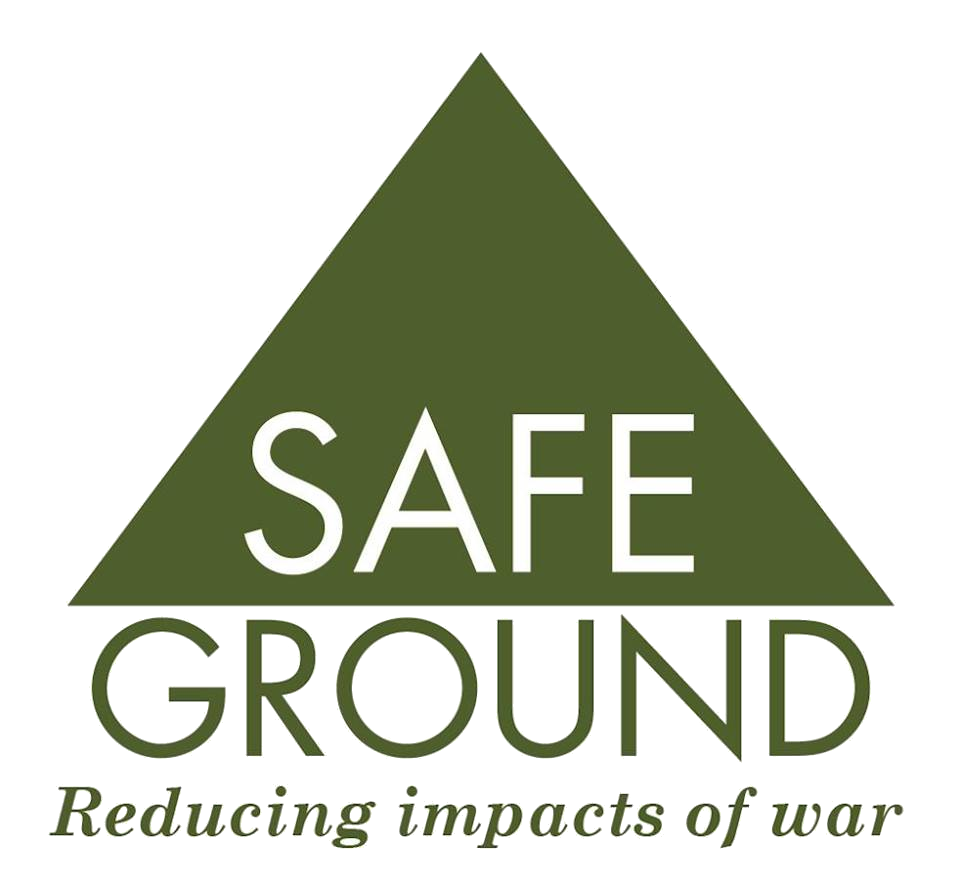World War II Explosive Remnants of War Legacy in the Solomon Islands
Phase 1 of the SafeGround Pacific ProjectThe legacy of fighting that took place between the Japanese and US-Allied forces during World War Two continues to affect all aspects of life on the Solomon Islands: unexploded bombs litter the land making it useless for farming or infrastructure development, tourism is limited by dangerous ERW, and traditional livelihoods like fishing are threatened by contaminated waters.
In April 2015 SafeGround sent experienced researchers to the island nation to document the impact unexploded WWII ordnance have on people’s every day lives and livelihoods.
With the Royal Solomon Islands Police Force, SafeGround researchers John Rodsted and Mette Eliseuessen visited remote island communities living on land scattered with bombs. SafeGround received funding from the Australian government Department of Foreign Affairs and Trade to produce a photographic exhibition and documentary and report of the humanitarian impact explosive remnants of war have on communities.
The Department of Foreign Affairs and Trade also supported SafeGround with partial funding to attend the First Review Conference to the Convention on Cluster Munitions in September 2015, where the research was launched on an international stage.
REPORT
In Search of Safe Ground – Explosive remnants of World War II in the Solomon Islands
VIDEO
How long will this bomb stay? Remnants of WW2 in the Solomon Islands
More than fifty years on, the Pacific nation continues to feel the legacy of World War II.
Heavy conflict and ordnance storage during World War II has led to severe contamination in the Solomon Islands. Today, rusted munitions lie in gardens, mountains, and shallow water. Their proximity to areas in which people work and live puts locals at a high risk of injury or death.
Munitions are being cleared by the Solomon Islands Explosive Ordnance Disposal (EOD) team. A highly trained team within the Solomon Islands Police Force. But there remain huge stockpiles of UXO in more remote parts of the country. So far the EOD team have only been able to work in the area surrounding Guadalcanal, on the main island.
Further mine clearance is needed to ensure that local people have a home safe from mines. SafeGround is working to direct international attention to the Solomon Islands so that funding sources can be found to help finish the job.
PHOTO EXHIBITION
World War II Bombs in the Solomon Islands
The current situation of explosive remnants of World War II
“Internationally, little is known about the scale and scope of the problem in the Solomon Islands and much of the Pacific … We hope more countries will learn about the Solomon Islands and help in clearing the left over UXO”
John Rodsted, SafeGround researcher
The World War II bombs in the Solomon Islands photographic exhibition was held in the Solomon Islands National Museum from May 14, 2015. The exhibition sought to raise awareness of the situation of unexploded ordnances in the island nation.
SafeGround are proud to partner with the Solomon Islands Ministry of Police, National Security and Correctional Services; Pacific Islands Forum Secretariat; Golden West Humanitarian Foundation; and the Royal Solomon Islands Police Force. This exhibition was part of a larger research project funded by the Australian Department of Foreign Affairs and Trade.
Photo credit: Mette Eliseussen and John Rodsted
GALLERY
Click photo for to view text and better quality image.





































